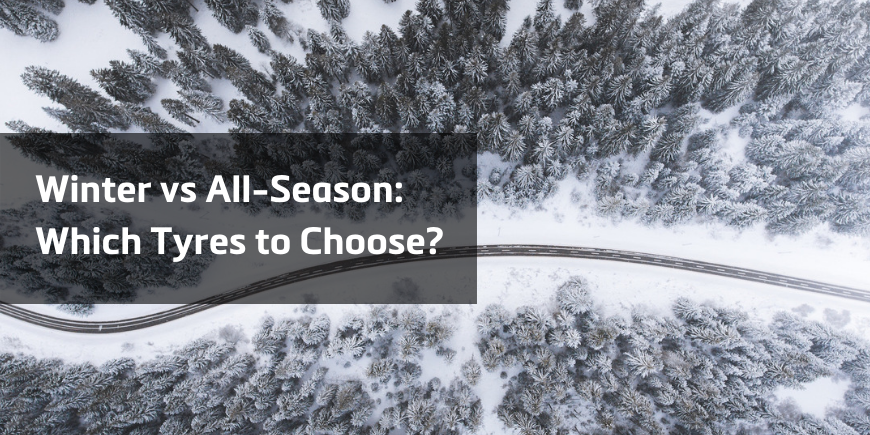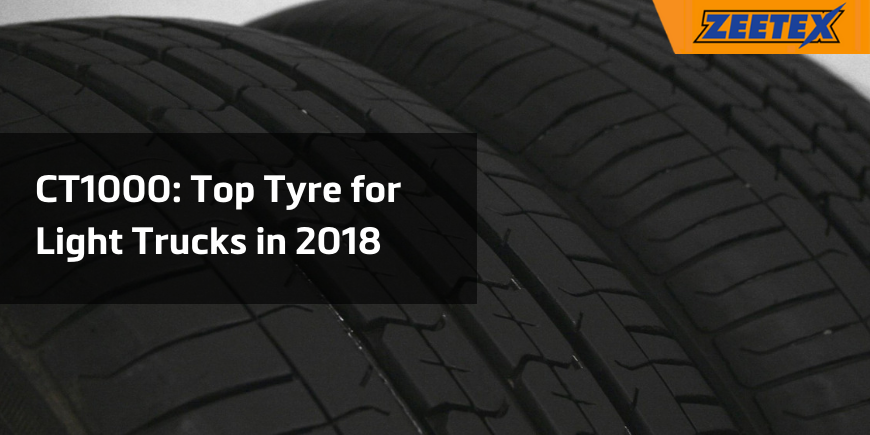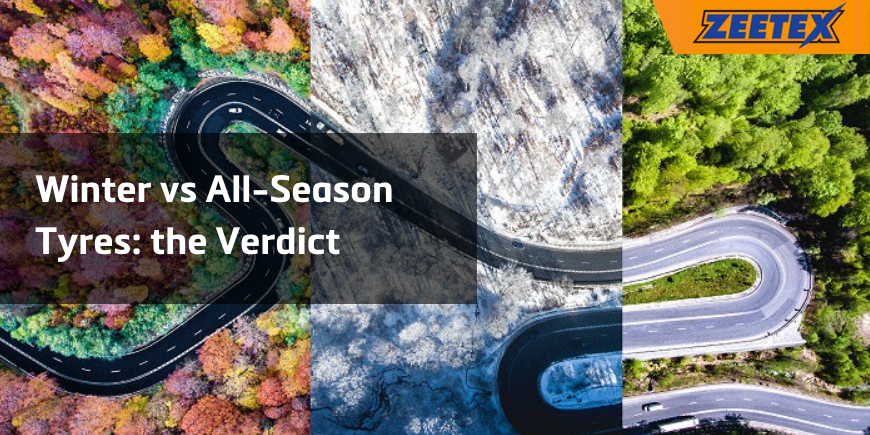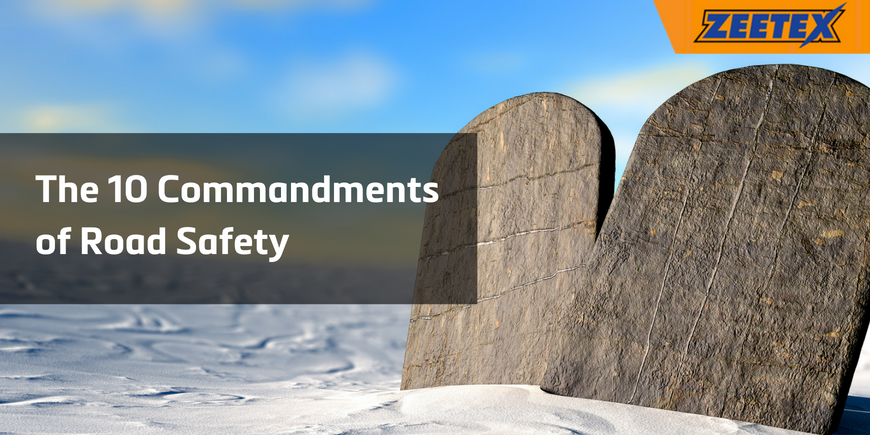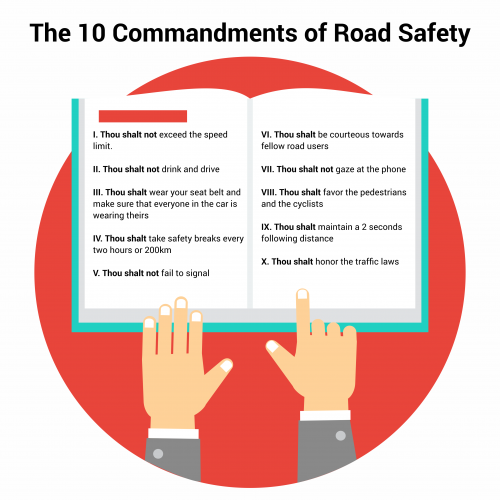A research among 1,000 Irish adults conducted by Red C on behalf of Allianz Ireland this November found out that 1 out of 3 drivers are likely to drive more often than usual during Christmas time. Whether for buying presents, visiting friends and family or returning home from the city, the research also found out that 84% of the people interviewed don’t get the car serviced before the Christmas period.
Car maintenance before and during winter season plays an important role in our safety and safety of others on the road, like we explain in last month’s blog post. However, there is another aspect of driving safely home this Christmas that needs to be carefully considered, especially this year: drink driving.
Alcohol accounts for about 40% of fatal car accidents in the pre-Christmas period. Considering over 82% of the interviewed are planning on consuming alcohol over the festive season, it’s critical that everybody is aware about the new legislation.
The Summer of 2018 saw some updated regulations concerning drink driving. While the actual limits stay the same, which means there is a blood alcohol level tolerance for up to 50mg for experienced drivers and 20mg for learners and professional drivers, what changes is the penalty. Being found over the limit leads to an automatic three-month ban.
The concept of being over-the-limit varies from adult to adult but a glass of beer, a small glass of wine or a pub measure of spirits can put you at risk. In 2017 the suspicion of drink driving led to the arrest of over 1,000 drivers.
Whatever your plans are this Christmas make sure you don’t get behind the wheel after drinking even a small amount of alcohol. If you live in the city there are plenty of options available for returning home safe including taxis, extended times for the LUAS and Nightlink buses.
If you live in the country, make sure you get a taxi or have one of your friends or partner as a designated driver.






